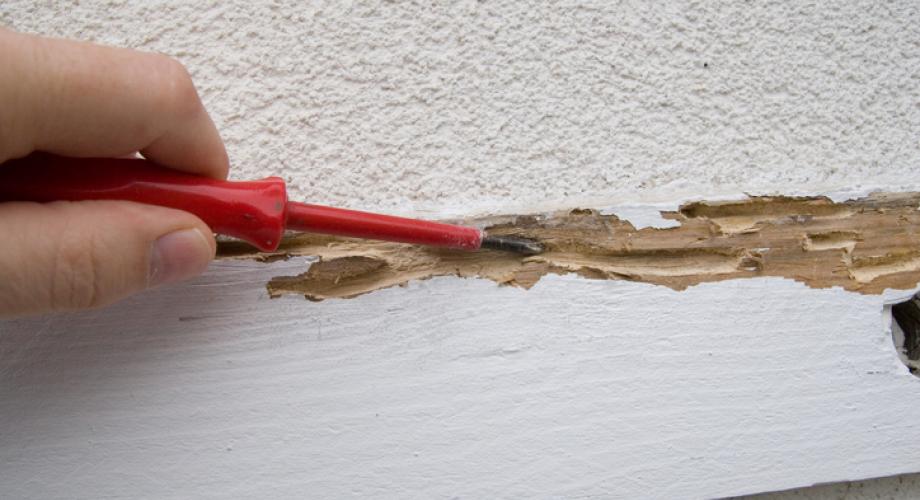Q: I am replacing some rotted pressure-treated 4x4 fenceposts on my property. Why do some posts rot and others do not? I cannot see any rhyme or reason for this. How can I avoid this trouble?
The issue of rotting posts lies in their tree growth rings and their location. The rotting posts may have centered growth rings. If you look at the 4x4 post end, the growth rings will be centered or not centered. A centered growth ring is common in posts made from a peeler core. The tight, centered growth rings of the peeler core will not accept pressure treatment as well as a post with off-centered growth rings does. Chances are, the fence you are repairing may have a mixture of peeler core posts and off-center growth ring posts. A peeler core is the by-product of plywood manufacturing. A log is turned on a lathe to produce plywood veneer and the center that remains is called a peeler core. When buying pressure treated posts, look for off-center growth rings.
The vast majority of pine posts found at most wood supply retailers resemble the example (pictured at right) with the heart in the middle. Pine is made from secondary limbs—not the main tree trunk – so it tends to be softer. Yellow pine could work well for fence posts because it is harder.
Rotting typically is caused by insects that seek the sugar found in moisture that permeates the wood. Remedies exist to help keep insects out of the wood. After placing the post into the ground, use pour-in Sakrete fencepost concrete mix and then lightly water it. Don’t mix it. Moisture from the ground will firm up the Sakrete to create a barrier. Or, use polyurethane (dip or paint) on the lower few feet of the post. That might seem like an expensive step, but when considering the cost of post replacement, it’s probably worth it. Linseed oil also could be used.
An alternative wood that is worthy is locust posts, which are less appealing to insects. But typically, locust posts aren’t cut as 8-foot straight posts, but they do exist.
Cyprus or cedar will also perform well. Cyprus won’t rot because it grows in swamp water and cedar has an odor that insects don’t like. Hickory will stand for 100 years, if you are willing to pay double the price per post.
